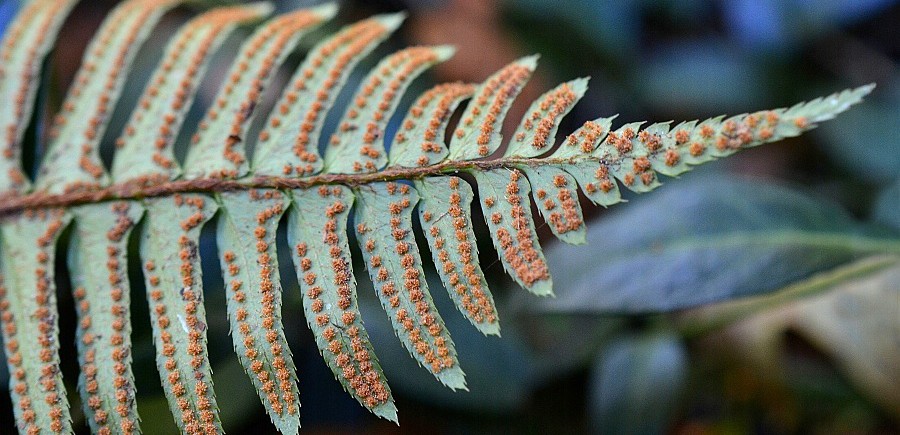
None of Nature’s landscapes are ugly so long as they are wild.
—John Muir (1838-1914)
🌿 🌿 🌿 🌿
It’s no surprise that where there are trees, there are tree stumps, and our woods are no exception. For more than a decade, I’ve been casually observing the plants and animals that have claimed a cedar stump in our woods. A large stump, it measures 10 ½ feet around. Although a more reliable way would be to measure three feet from the ground, but without a trunk to measure, the girth is probably more like 8 ½ feet. Still, it must have been a handsome tree in its day.
In our woods, the most common stumps are western redcedar, Thuja plicata. While some are casualties of natural causes such as weather, insects, rot and decay, others are victims of the maul, ax, and saw. Our woods are sporadically pocked with both, and like snags and nurse logs, they provide necessary habitat for plants and other creatures.

Western redcedar is a native evergreen, and the only native cedar that produces upright cones that bend backward on the branches. Although western redcedar can reach a height of 210 feet, and live more than 1,000 years, trees of this stature are extremely rare. One of the things I like about western redcedar is its delicious cedar scent. In fact, its Latin name Thuja, means “aromatic” while plicata means “pleated” due to the flat, scale-like leaves that to me, look like flat braids. Western redcedar was highly prized by Northwest Indians and is called the “Tree of Life.” The whole tree was used in one way or another from making charms to ward off spirits, to herbal medicine for curing the sick, from bark blankets and clothing, to carving trunks for ceremonial masks, totems, and canoes.
The ground around the Old Cedar Stump felt spongy underfoot. Clearly, I wasn’t standing on solid ground, but on decades-old composting tree trunk steeped in rich dark humus, laced with threads of mycelium, and layers of sienna-brown needles. If I were in need of a place to rest in the wilderness, a spot like this would make a comfortable bed.

From the Old Cedar Stump grew western hemlock seedlings, red huckleberry, salal, and wild grape, sword fern, sphagnum, and fungi, and the dreaded Himalayan blackberry that I painstakingly removed. Wildlife also find the stump useful for shelter and a place to rest as well as for a food storage locker, a dining table, and when rain collects in the crevices, a drinking hole and washbasin.
One afternoon in late August, while walking The Deer Path, I stopped at Old Cedar Stump to see what was new, if anything. It was the dry season. Not a drop of rain had fallen in weeks. The threat for wildfires loomed, the kind of threat that made one think that the snap of a twig could cause a spark. The National Weather Service had issued a “Red Flag Warning” something a forest dweller never wants to hear. A darkling beetle scuttled past, its black armor cast a purplish sheen in the light.
In a cranny of the bark, about six inches down on a bed of needle duff rested a Pacific banana slug, Ariolimax columbianus. Like rain, moss, and lichens, there is no shortage of slugs in the Pacific Northwest. Only during the dry season do they become scarce and for good reason. When conditions dry out, they retreat to safe havens underneath rocks, logs, soil, moss, leaf litter, tree roots, and in the nooks and crannies of cedar stumps! Any cool-damp place will do to avoid dehydration and death.


The Pacific banana slug is a land mollusk that can live one to seven years in the wild. At ten inches in length (although 6 to 8 inches is average) it is the world’s second largest slug, and one of three native banana slugs to inhabit the Pacific Northwest along with A. dolichophallus (slender banana slug) and A. californicus (California banana slug). Skin color varies from greenish-brown to yellow-green, and some are spotted. At top speed, the banana slug can travel 6 ½ inches per minute, much faster than the average snail.
Slugs (unlike snails) don’t have shells, so producing slime is crucial for survival. Not only does it keep the slug hydrated, and lubricates its travel, but also fends off most predators, such as raccoons, shrews and moles, ducks and geese, beetles, garter snakes, salamanders, and sometimes other slugs.
Slug sex is somewhat complex. Because slugs are hermaphroditic, if a partner can’t be found, it will mate with itself. A partner is preferred though. I did have the good fortune to witness this slimy, entangled mating dance. A ritual that is seldom seen, and one I haven’t seen since.
Not all slugs are bad; some, like the banana slugs, are beneficial. They are Nature’s organic recyclers that live on a diet of wild greens, leaf litter, and especially fungi. Sometimes animal feces and carrion are on the menu. Banana slugs are good for the soil; through their excrement they disperse seeds and spores, and nitrogen-rich fertilizer.
I like slugs, do you?
____________________
Wildlife I’ve observed on the Old Cedar Stump:
Winter wren (singing)
Hairy woodpecker (foraging)
Steller’s Jay (food caching)
Spotted towhee (drinking and bathing)
Varied thrush (drinking and resting)
Dark-eyed junco (resting)
Chickadees (seed-cracking)
Wood thrush (perching)
Cooper’s hawk (resting)
Douglas squirrel (food caching)
Eastern fox squirrel (drinking)
Deer (sniffed and browsed)
Pacific banana slug (cooling shelter)
Termites (food and nesting)
Carpenter ants (nesting)
Beetles (scavenging)
Various moths and butterflies (sunning and foraging)
____________________
Copyright 2013. All rights reserved.
🌿Sources:
